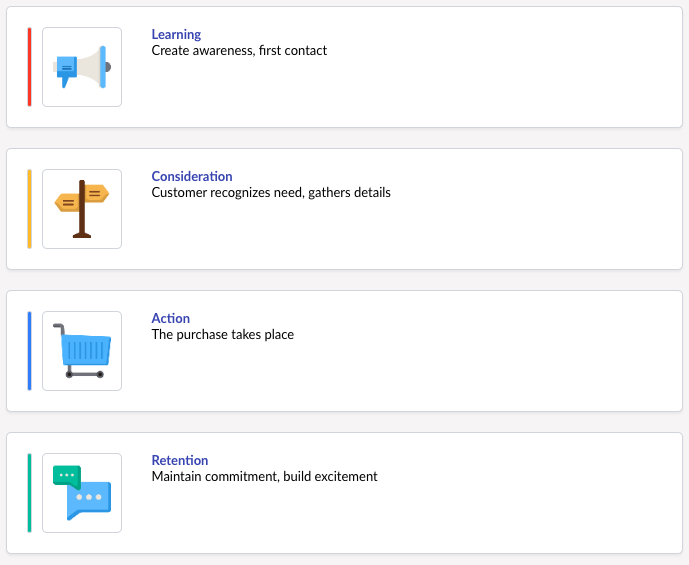Blend has a new CMS partner! Check out all the details on our newest supported platform.
Main Site or Microsite — Make the Most of Your Digital Event Strategy
Hosting an event for your association is one thing, but promoting it online to the right audience is a different conversation.
Authored by
Categorized
Marketing association events on the web can be challenging to get right. But when you're spending time and effort to make sure that your event reaches the right people, it's worth the extra effort to ensure that your web presence is as effective as possible, and makes sure that everyone has a great event.
Main Site or Microsite?
One of the first things to consider when promoting an event is how closely it should be tied to your main brand and website. There are a few factors to consider here:
Who is your audience?
If your event is marketed to your existing audience, users are more likely to look for information on your main website. However, if you're trying to reach a user group that is less familiar with your brand, it makes more sense to market the event separately using its own site and branding.
Many content management systems allow you to easily launch new brochure-style "microsites" that allow you to reuse your main site's assets and design system with modified branding.
How much information do you need to communicate?
Different types of events will require different amounts of communication. In-person, multi-day events — such as a multi-track conference — could have lots of information about logistics, schedules, attendees, and more. This would benefit from it's own navigation across multiple pages of content. A simple one hour webinar might only require some description and a sign-up form, which wouldn't really warrant the microsite treatment.
Consider your phases
As web content, events are unique in that they go through three distinct phases of communication: before the event, during the event, and after the event.
Before the event
Leading up to an event, you're in promotion and marketing mode. Your interaction with your audience matches the traditional "customer decision" journey: learning, consideration, action, and retention. (This happens even if your event is free, because time isn't!) Make sure that all of the information you provide is in direct support of one of these steps.
Logistics play a big part in the consideration and action steps within that process. For in-person and online events, visitors need to understand what will be required in terms of timing, travel, or technology.
The registration process should be as friction-free as possible. For associations, integrating your web content with your member management systems will allow you to minimize the questions that you need to ask existing members in order for them to go from making a decision to being registered because you'll already know most of their answers. For outside attendees, keep the information to what you really need - the "how did you hear about us" types of questions can follow later. If you need to use a payment system, consider options that will already have many users connected and logged in, like Paypal or mobile payment systems. Creating less friction during registration means more registrations.
During the event
Unless you're doing live streams or allowing walk-in registration, the time while your event is actually happening is the one period when you're not really focused on promotion. Instead, the goal here is making sure that your attendees have a great experience. This can be a simple as making sure the webinar links are easily accessible, or as complex as all of the pieces that go into a live conference.
Particularly for long-running live events, consider making sure that you have some method to make announcements about last-minute changes. Many site designs include messaging space above the main body of the page that will allow editors to quickly post high-visibility messages that everyone will see, regardless of the page they're on.
After the event
In most cases, once your event has finished, you want to continue providing value to your attendees — and reaping value for all of your hard work. This can be done by sharing resources like recorded talks or sessions. You can also continue to engage your attendees and build community by posting summaries, write-ups, and images, as well as promoting the experience that attendees have shared on social media.
This sort of follow-up effort not only goes a long way towards making sure attendees have a good impression of the event, it can go towards promoting the event to new attendees the next time around!
At Blend we've worked with all sorts of clients to help deliver success for all sorts of events, from simple all the way up to global multi-day, multi-track events. We'd love to help you make the most of your efforts!
There is a Friendly Way to Manage Content
The association industry is already regulated and complex — the marketing tools you use don’t need to be too. Umbraco, also known as the Friendly CMS, is known for its seamless experience, for both editors and visitors. Engage, formerly known as uMarketingSuite, empowers teams to not just manage their content, but own their strategies. See how Engage is the right investment for your team.

